The relentless sandstorms that sweep across the Mongolian steppes have long posed a challenge for traditional ger (yurt) dwellers. These circular dwellings, while perfectly adapted to nomadic life, often struggle to keep out the fine particulate matter carried by the winds. Recent innovations in aerodynamic design and filtration technology are now transforming the ancient Mongolian ger into a bastion of clean air amidst the swirling dust.
For centuries, the ger has stood as a marvel of portable architecture. Its lattice wall structure and felt insulation provide excellent thermal regulation, while the circular shape offers inherent wind resistance. However, the very features that make it ideal for nomadic life - lightweight materials and ventilation openings - become liabilities during sandstorm season. The traditional felt coverings, while warm, do little to filter out the microscopic dust particles that can penetrate deep into the respiratory system.
A new generation of engineers, combining traditional knowledge with modern materials science, has begun reimagining the ger's airflow dynamics. The key innovation lies in understanding how sand-laden winds interact with the structure's curved surfaces. Unlike rectangular buildings that create turbulent eddies, the ger's circular form naturally deflects wind currents around it. Researchers have enhanced this natural advantage by adding specially designed wind scoops that channel air through multi-stage filtration systems without compromising structural integrity.
The filtration technology itself draws from aerospace engineering. Nanofiber membranes, originally developed for spacecraft air recycling systems, are now being adapted for ger use. These ultra-lightweight filters can capture particles as small as 2.5 microns while maintaining adequate airflow. The system works passively, using the ger's natural convection currents - warm air rising through the central smoke hole creates a gentle vacuum that pulls filtered air through wall vents.
Field tests in the Gobi Desert have shown remarkable results. Instrumented gers equipped with the new filtration systems maintained indoor air quality levels well below WHO guidelines even during severe sandstorms. Perhaps more importantly, the modifications preserve the essential character of the dwelling. Nomadic families report that the changes feel like natural evolution rather than radical transformation, maintaining the spiritual and cultural significance of their homes.
The implications extend beyond pastoral communities. Urban architects are studying these adaptations for potential applications in dust-prone cities. The ger's efficient use of space and resources, combined with its newly demonstrated air purification capabilities, offers compelling solutions for sustainable housing in an era of climate change. As desertification increases globally, these humble dwellings may hold lessons for millions living on the expanding edges of the world's drylands.
What makes this development particularly significant is its grassroots nature. Unlike many technological solutions imposed from outside, these innovations emerged through collaboration between Mongolian engineers and traditional herders. The resulting designs respect cultural practices while solving real-world problems. Workshops teaching the modification techniques have spread rapidly across the steppe, with families adapting the basic principles to their specific needs and local conditions.
The materials used in these upgraded gers tell a story of ingenious adaptation. Recycled aerospace composites form the structural reinforcements, while locally sourced wool forms the base for advanced filter media. Solar-powered small fans sometimes augment the passive systems during particularly stagnant conditions, drawing minimal power from compact batteries. Every element reflects a balance between tradition and innovation, between nomadic practicality and modern technology.
As climate models predict increasing aridity and more frequent dust storms across Central Asia, these air-filtering gers represent more than just technical solutions. They embody a philosophy of resilient adaptation that maintains cultural continuity. The sight of a traditional ger standing firm against a raging sandstorm, its interior a haven of clean air, serves as a powerful symbol of how ancient wisdom and modern science can work together to meet contemporary challenges.
The success of these modified gers has sparked interest beyond Mongolia's borders. Similar circular dwellings exist across Central Asia, from the Kazakh yurt to the Kyrgyz boz ui. Researchers are now exploring how these aerodynamic and filtration principles might apply to other traditional architectures in dust-prone regions, from the Middle East to North Africa. The humble ger, perfected over millennia of nomadic life, may yet have more lessons to teach the modern world about living in harmony with harsh environments.
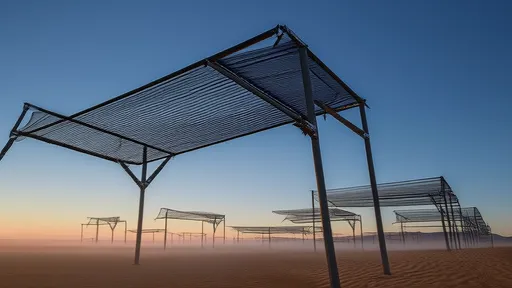
By /Jul 16, 2025

By /Jul 16, 2025

By /Jul 16, 2025

By /Jul 16, 2025

By /Jul 16, 2025

By /Jul 16, 2025

By /Jul 16, 2025

By /Jul 16, 2025
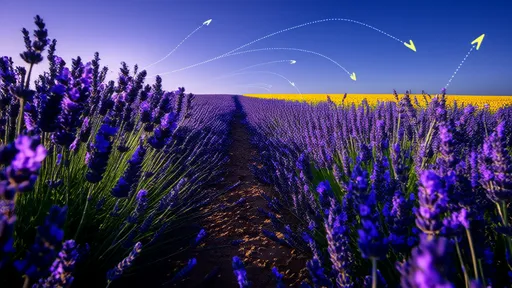
By /Jul 16, 2025
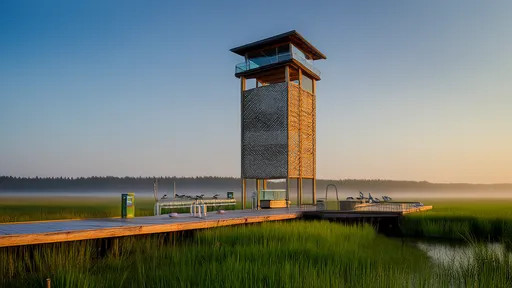
By /Jul 16, 2025

By /Jul 16, 2025

By /Jul 16, 2025

By /Jul 16, 2025

By /Jul 16, 2025

By /Jul 16, 2025
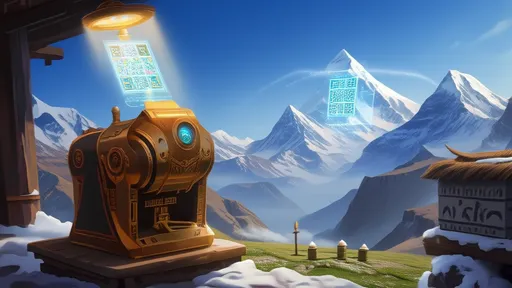
By /Jul 16, 2025
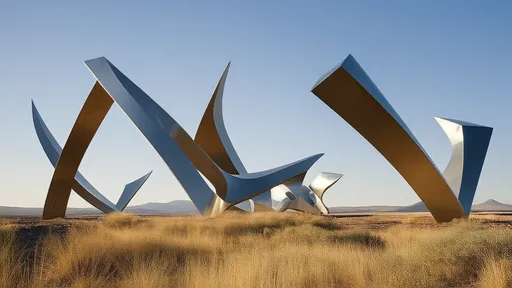
By /Jul 16, 2025

By /Jul 16, 2025